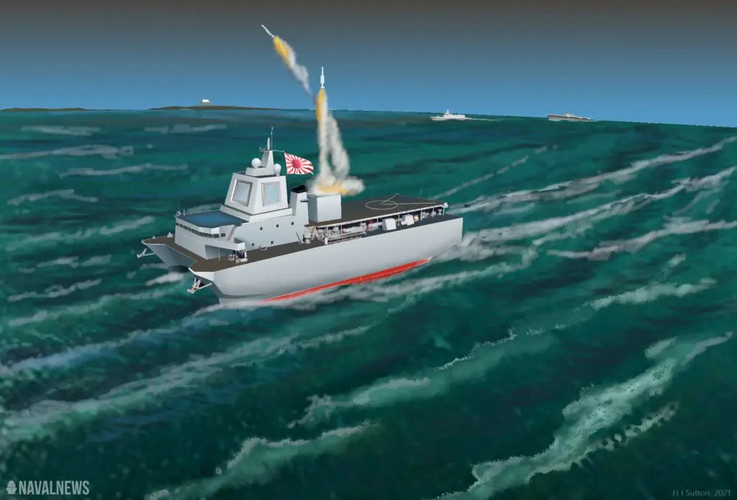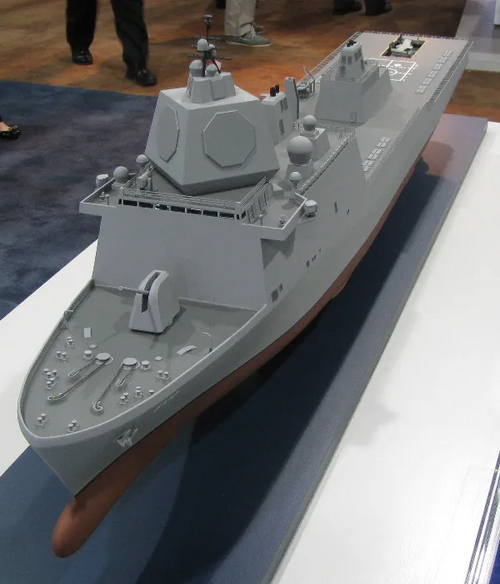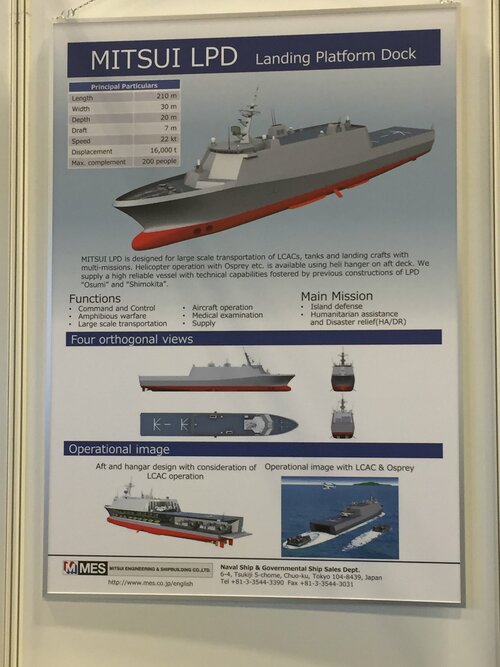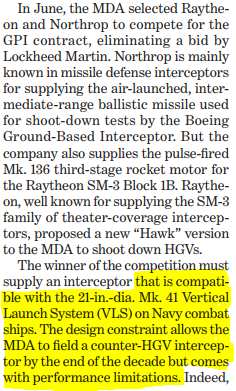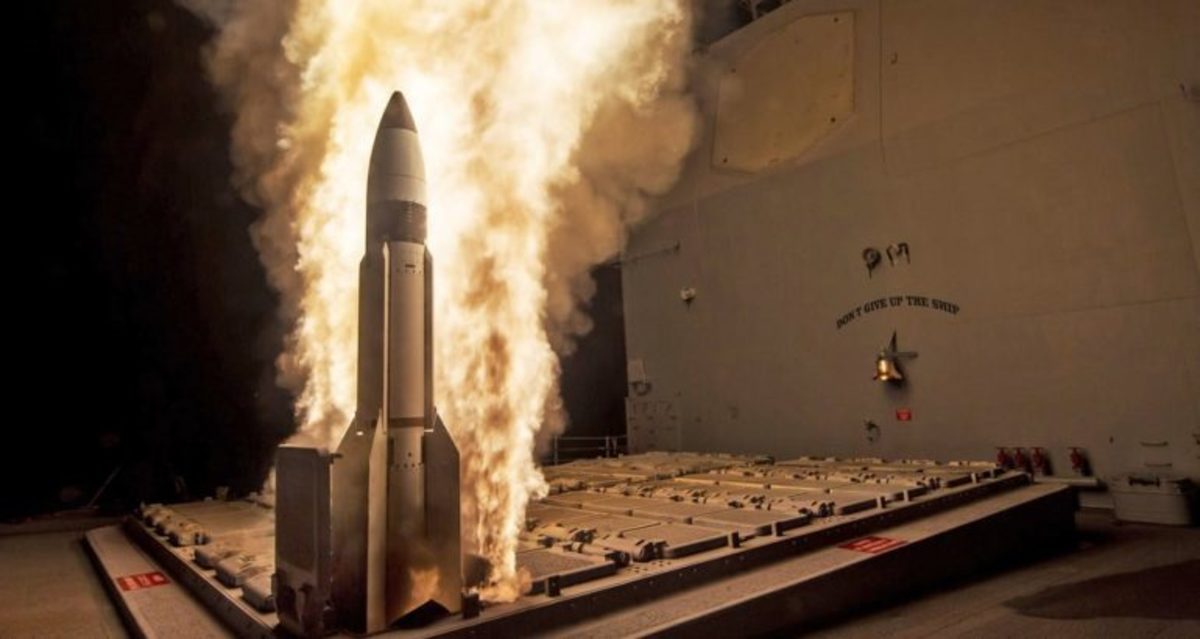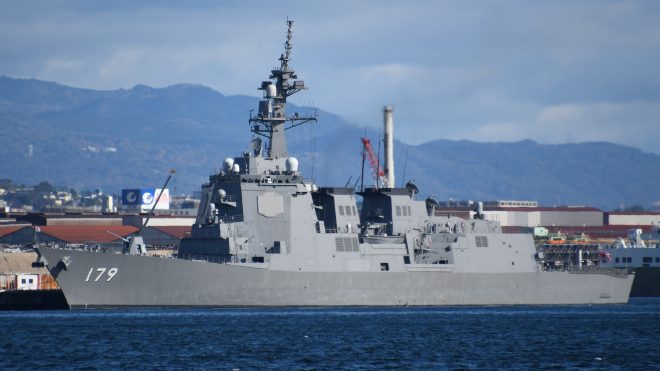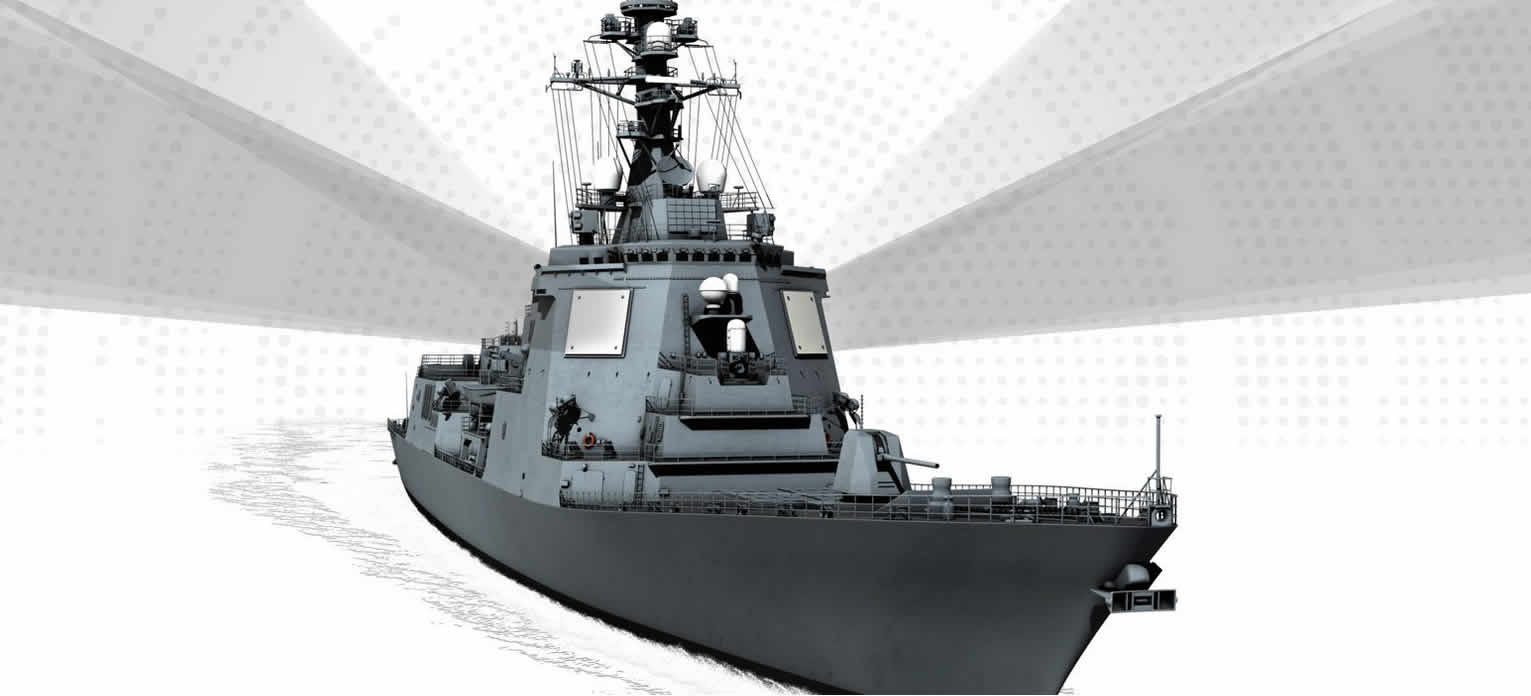According to local
newspaper reports, initial details of the ASEV point towards a massive ship: 210 meters long and 40 meters wide, with a standard displacement of 20,000 tons and a crew of about 110 people. Crew comfort onboard will be a priority as all crew members will be provided with private cabins. In terms of length and displacement, it is equivalent to the Izumo class DDH (248 meters long, standard displacement 19,500 tons), the largest vessel in the JMSDF, but it is more like a civilian vessel than a warship in that all crew members are given private cabins and the crew complement is quite low for a vessel of this size.
Defense Minister Yasukazu Hamada
explained explained during a press conference held on September 2 the reasons for such a large vessel, as well as the rationale behind high crew comfort standards:
“The reason is to ensure seaworthiness, to be able to operate in rough weather, to improve the crew’s living environment for long-term offshore missions, and to be expandable to deal with hypersonic glide vehicles (HGVs) in the future.”
However, in addition to the reasons given by the Defense Minister, some believe that the hull was enlarged to solve the problem of the size and weight of the SPY-7, a radar manufactured by Lockheed Martin that will be installed on the ASEV. The Defense Minister also commented that the ASEVs are expected to be commissioned around March 2028 for the first vessel and March 2029 for the second vessel.
The primary role assigned to the ASEV is to free the JMSDF’s Aegis destroyers from their North Korea watch duties and to enable them to respond to China’s maritime expansion. Therefore, the ASEV does not inherently require air defense or anti-submarine warfare capabilities, its sole main focus being BMD. This is because North Korea does not currently possess such weapons to attack the ASEV.
However, according to press reports, the ASEV will be equipped with SM-6 missiles to deal with cruise missiles and anti-ship missiles, as well as an improved version of the Type 12 ship-to-ship missile that can attack surface targets as well as naval vessels and has a range of approximately 1,000 km. Therefore, the ASEV could become an asset that could respond not only to North Korean ballistic missiles, but also to attacks by Chinese ballistic missiles, HGVs, and cruise missiles. The question then would be how would the ASEV respond to the threat of Chinese submarines and anti-ship missiles. Above all, in this case, the ASEVs should probably be planned as a completely new type of warship, since it cannot be positioned as a mere alternative to the Aegis Ashore.
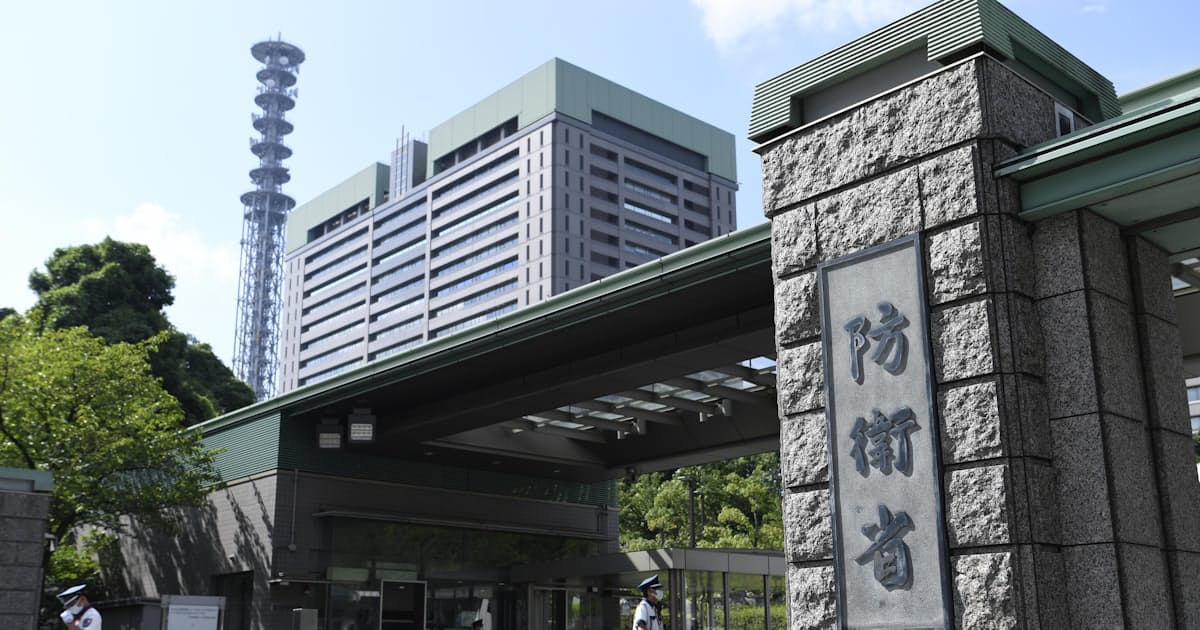
 www.nikkei.com
www.nikkei.com

